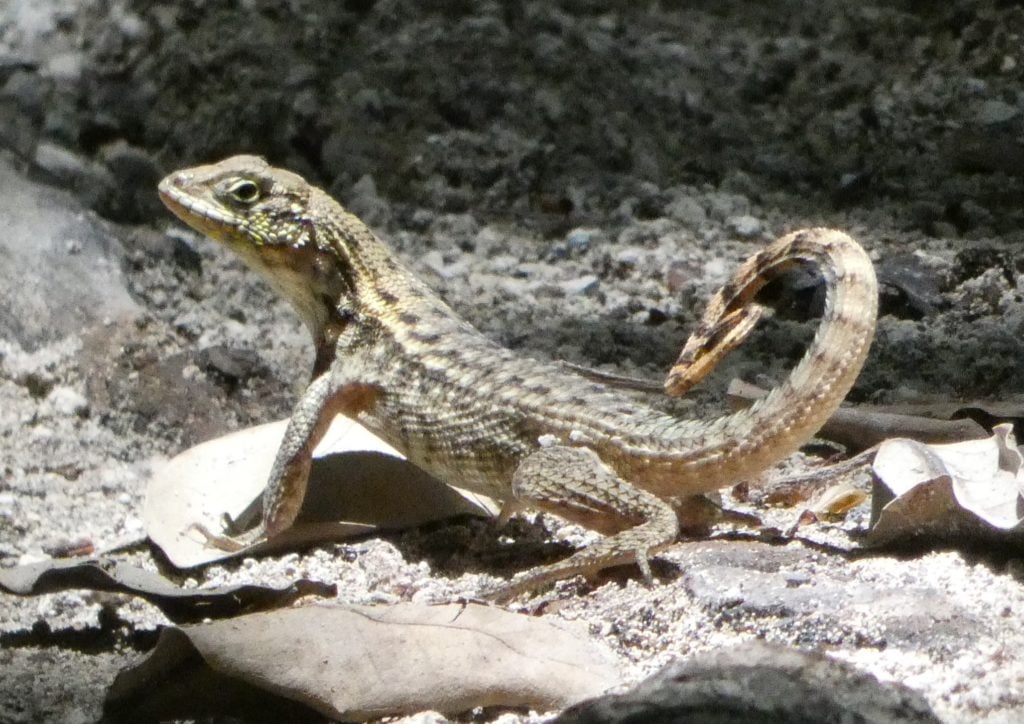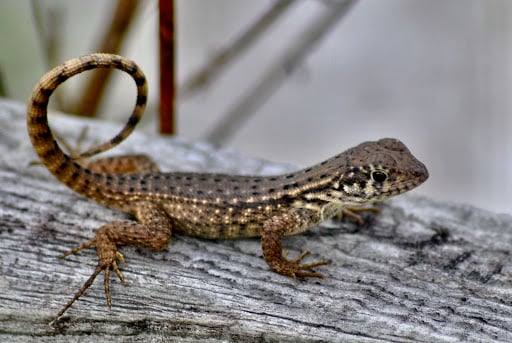Florida is often a favorite place for invasive creatures. Sightings of Burmese pythons, cane toads, and iguanas often make the local news. But recently, the curly tail lizards became one of the Sunshine State’s most frequent visitors.
The International Union for Conservation of Nature (IUCN), an organization that releases an updated list of names of threatened animals and endangered species annually, revealed that the Northern Curly Tail Lizard originally comes from Cuba, the Bahamas, and the Caymans. It means that Florida is right in the middle of the creature’s original residence.
According to the IUCN, the proliferation of the lizard in the state is not exactly problematic. But if you live in Florida, you must prepare yourself to have them as regulars in your neighborhood.
What Is A Curly Tail Lizard?
The curly tail lizard (Leiocephalus carinatus) got its name from its distinct curly tails. Studies revealed that the unique tail of the species serves two main purposes. The first one is to provide them a defense mechanism against their predators. The other one is to communicate within their species.
This type of lizards usually grows to as long as 11 inches. They usually prey on smaller creatures like ants, grasshoppers, beetles, and anoles. Like the other lizards, the curly tail can patiently wait until they get their food. It means they can stay still until their unsuspecting victim is within inches away before they attack.
Also, these lizards can thrive in Florida or other places because they have an omnivorous diet. They can even survive in densely populated residential areas by eating human food. It makes it easier for them to expand their population in warm-climate places outside their usual habitat.

An adult Northern Curly Tail Lizard spotted by a resident in Key West Florida in 2020.
How Did The Curly Tail Lizard Invade Florida?
A report from the Florida Fish and Wildlife Commission revealed that the Northern Curly Tail Lizard initially arrived in the state after escaping from a zoo back in 1935. The escape may not be the cause for the growing population of the species in the area.
About ten years after the incident at the zoo, a sugarcane farmer from Palm Beach let go of 40 curly tail lizards to get rid of the pests on his land. It used to be a popular but ineffective pest control method during that time. In 1968, the lizards managed to cross into the main areas in the state.
Today, thousands of Northern Curly Tail Lizards live all over Florida. Florida residents often spotted the species in the areas of Broward County up to the central part of Martin County. If their population continues to grow, local scientists are afraid that it will cause the possible extinction of the anoles in the state.
The Northern Curly Tail Lizards may become very comfortable in the warm, pleasant climate of Florida. But if their population growth will go out of bounds and uncontrollable, it may cause major problems for native species in the land, especially if these reptiles consider them a palatable meal for their survival.


















